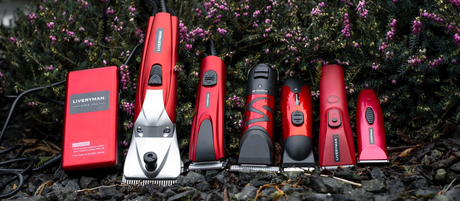Which bit should I use as the first bit?
Before you even consider mouthing it is essential to have the teeth checked by a qualified Equine Dentist or Vet and, if necessary, have the wolf teeth removed. It is prudent to have wolf teeth removed sooner rather than later, before they have had chance to develop and form deep roots.
It is no longer common practice to use the Breaking Bit (Bit with Keys). These bits were fitted, and the horse left in the stable for hours on end to focus on and play with the keys. This often resulted in over activity in the mouth and would in many instances encourage evasions such as drawing the tongue back and trying to put it over the bit. The bit should never be totally fixated upon by the horse and if it is introduced correctly then it is a case of quiet acceptance with the horse’s focus on the action/communication via the bit and not the presence of it.
When the introducing the bit for the first time consider using a straight bar plastic snaffle. The reason for using plastic is to avoid any “clanking” on the teeth and as soon as the horse is confident being bitted then move on to the NS Starter for my long reining, lunging, backing, initial training, riding away etc. This bit was designed specifically by Neue Schule for starting the young horses. It is warm and gentle due to being made in the unique Salox Gold and encourages quiet mouthing and relaxed acceptance.
The Neue Schule Starter design encourages the horse to stretch the top line seeking forwards and down into a soft, consistent contact. It is essential that at an early stage forward movement is established, and if the bit is not comfortable the horse will not take it forwards. Neue Schule would generally suggest the slightly thicker Starter option as this gives more weight bearing surface across the whole of the mouth. Young horses are often prone to losing their balance or spooking and the thicker bit will not punish them or cause any bruising. Once a consistent contact is established the horse is ready to move on to a bit for more advanced work.













